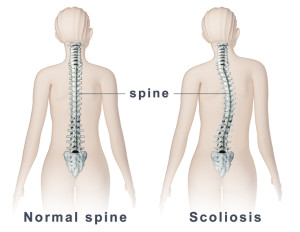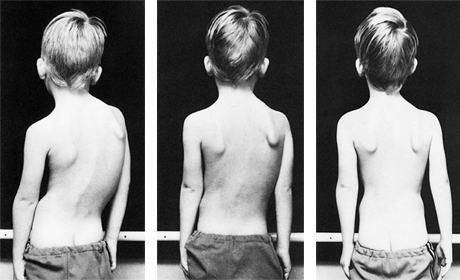Let’s look at scoliosis in a new way….if we look not at the bones but at the things that keep the bones in place, the soft tissue structures. What is visible to to eye is the musculature is imbalanced side to side, however internally the spine is in a corkscrew, it’s a 3 dimensional twist! Again, all that is visible to the eye, is 2 dimensional: one side is too tight, pulling the spine sideways, and the other side is too loose, letting the spine get pulled.
Subscribe
Enter your email address to subscribe to this blog and receive notifications of new posts by email.








